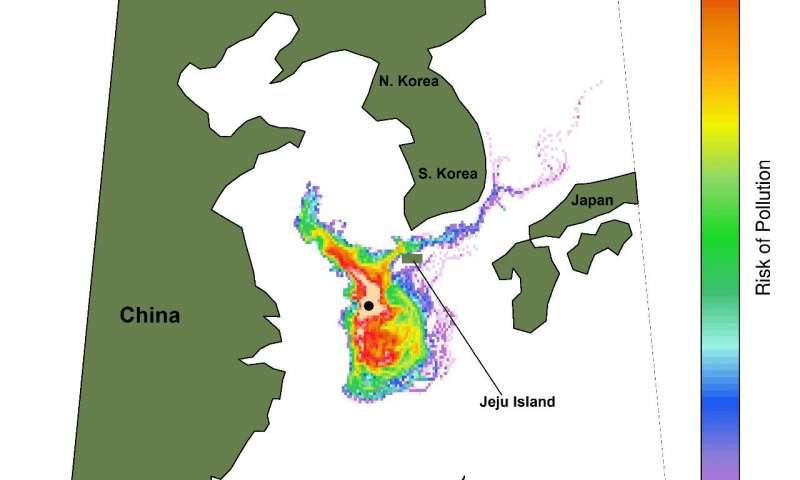Sanchi's Sinking Raises Fears of Pollution
In the wake of the sinking of the tanker Sanchi, researchers are attempting to estimate the impact of the release of her cargo into the marine environment. In addition to the loss of the vessel's 32 crewmembers, the final explosion and foundering led to what was likely the largest release of condensate in history.
Sanchi had about one million barrels of condensate on board when she collided with a bulker on January 6, and it is unclear how much of the cargo burned up or evaporated during the seven days she was on fire. If she still had most of her cargo when she went down, the spill may be larger than the amount of crude released by the Exxon Valdez in 1989.
Condensate is a volatile, toxic mixture of petroleum liquids that are extracted from "wet" natural gas. Its composition varies depending on where it was produced and how, but it typically contains some amount of benzene, a known carcinogen, along with other aromatic hydrocarbons. Since it has a high vapor pressure, some portion will evaporate, and the Shanghai Maritime Safety Administration asserted last week that any spill would likely dissipate within a day.
Not all are convinced that the effects will be so short-lived. Simon Boxall, a teaching fellow at University of Southampton, told Chemical & Engineering News that any cargo that went down with the Sanchi “will seep slowly into the ocean, providing a chronic pollution source for some considerable time, and will seriously damage the immediate environment." He warned that the material is much more soluble in water than crude oil, and will form a mixture rather than sitting on the surface. He called for a fishing ban in the region until the exact area of contamination is determined.

University of Southampton National Oceanography Centre via Phys.org
Researchers at the University of Southampton's National Oceanography Centre have attempted to forecast the extent of that pollution using advanced computer simulation. A team led by the center's Dr. Katya Popova found that it could take months for traces of the oil to reach the mainland, on the southeastern shore of South Korea. The forecast found that the probability of pollution reaching any shoreline was low, except for Jeju Island, which faces a moderate chance of experiencing the effects of the plume.
The marine life in the waters around the Sanchi's final position and in coastal areas off South Korea may be less fortunate. The forecast indicates a high chance that the spill could affect an area of the East China Sea of up to 200 nm long (measured north to south).
